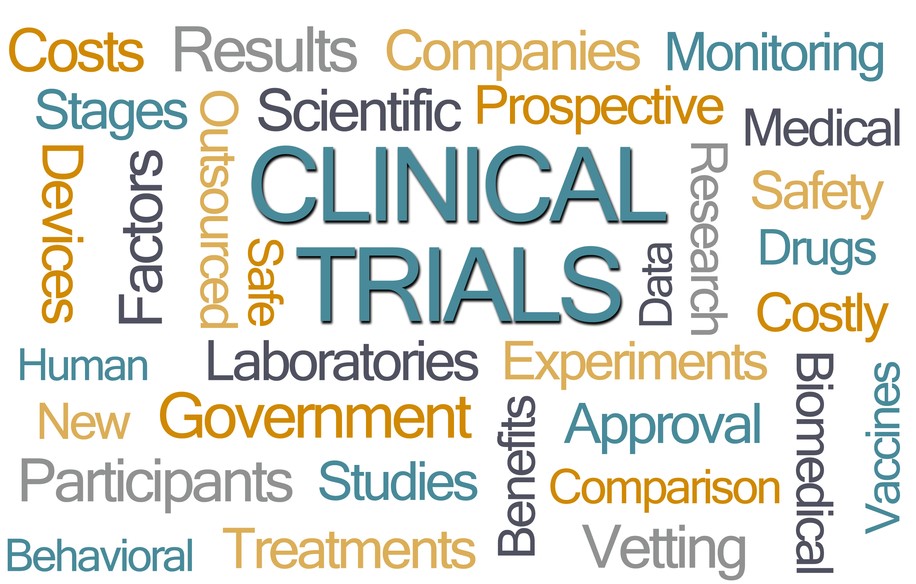Decentralized Clinical Trials

By: Lea Wolfinger
Decentralized Clinical Trials (DCT) have been labeled by many as a product of the pandemic, but in reality, it has been a topic of discussion and in the development process for several years. Technological advances were steadily moving it forward when the pandemic struck, and pharmaceutical companies hit the fast-forward button. Suddenly it was not only convenient and efficient to eliminate the need for patients to travel to specific sites, but it was also a dire necessity.
While DCT is patient-centric at its best, it does not eliminate connection with healthcare professionals. Rather, it makes the best of both worlds by creating a hybrid approach. Through various apps, remote medical devices, and other technology, participants can be monitored and tested in real-time. At the same time, HCP’s can make scheduled visits to homes or facilities for the occasional face-to-face meeting, or participants can be asked to come in for a minimum number of on-site visits.
Benefits
Pharmaceutical companies are finding that DCTs offer multiple benefits.
- Many patients respond well to the idea of participating without having to get out (sometimes going a substantial distance) and become more connected to the process. They are diligent in fulfilling their responsibilities.
- Patients become more engaged in the process, have a greater understanding of what is happening and what information is pertinent and valuable, and provide more accurate and honest responses.
- Because results are recorded electronically, and in real-time, data collections are more accurate, reliable, and better preserved. Furthermore, bias is reduced.
- Since various technologies enable greater accuracy, standards can be set, and both reporting and analysis are faster and easier.
Perhaps the most significant benefit is the number, availability, and diversity of patients increases. Studies have shown that 7 out of 10 participants live more than 2 hours from the research site, and 5 out of 10 are in poor health. Additional statistics show that 30% of patients drop out, 40% of trials have difficulties with enrollment, and 85% of trials fail to retain enough patients.
- By eliminating the need for travel, it increases participation. As an article by mdgroup points out,
“Patients aren’t just statistics or data – they’re people. Many potential trial participants will be managing health conditions while running businesses, working full-time jobs, and raising families. Where this is the case, requiring patients to attend site visits, which involve hours of travel and accumulated costs, isn’t just difficult – it can be impossible.”
Making a Game Plan
Some trials may require a significant amount of on-site testing and evaluations, but many can be decentralized. There are several key factors to consider, such as communication. Will the trial directors and HCP’s be able to connect with the participants via smartphones, tablets, etc. For example, if the participants in a trial are elderly, disabled, or have difficulties using devices, will they have someone available to help them?
Another issue is technology. Is the required technology, whether remote medical devices or wearables, readily available? Will remote data collection work well for the specific trial? Can the data be collected easily? If the process is too complicated, it may deter participants from fulfilling their responsibilities or lessen the results’ accuracy. Will it require technicians to make home visits, or can the technology be managed remotely?
How many healthcare professionals will be involved? Can home visits be covered by one HCP who ‘interviews’ the patients, collects test results, and delivers it to the main site where multiple technicians and HCPs are involved in the data analysis? Will the ‘traveling’ HCP also transport devices, medications, etc., or will a technician be needed to deliver and set up devices, and a courier required to distribute medicines and pick up unused supplies?
- Create and document your DCT plan and steps for implementation. Include patient safety guidelines, and methods of data integrity and security. Ensure regulatory compliance is met.
- Document which medical device, wearables, testing tools, remote monitoring systems, etc., will be required.
- Determine how many, if any, in-person visits will be necessary for the duration of the trial. Specify the number of HCPs needed to conduct off-site visits. Will this position be staff or outsourced?
- Designate process and procedures for data collection, monitoring, reviewing, and storage. Determine how data quality and integrity will be maintained.
- Ensure all sites are equipped with the appropriate technology and tools. Build on-site and remote teams for the varying tasks and responsibilities.
- Establish a training model and support system for staff, outsourced positions, and participants.
- Create choices for patients. If they have options in the level and type of their involvement in the study, they will be more likely to remain in the study until its conclusion. Establish points for building relationships with your participants. As Alison Holland points out in an ACRP post
“We have the ability to engage with our patients, learn about their lives and priorities, and apply these insights to optimize the study design and mitigate upfront risks. For example, by employing technology to conduct pre-recruitment assessment data collection, companies can understand how people live so that protocols can be customized—bringing a patient-focused experience to clinical research.
There are a magnitude of items to consider, technologies to evaluate, and risks to be taken, but DCTs bring more advantages than difficulties, and they are here to stay.
Holland reminds us,
“Whenever it occurs, clinical research will always require the expertise and experience of qualified teams that embrace a risk-based approach. By implementing a “patient first” DCT, organizations can shatter the traditional study paradigm and finally achieve sought-after improvements in patient accessibility, the unification of data, and data availability, culminating in faster, more effective trials.
We can engage with our patients, learn about their lives and priorities, and apply these insights to optimize the study design and mitigate upfront risks. For example, by employing technology to conduct pre-recruitment assessment data collection, companies can understand how people live so that protocols can be customized—bringing a patient-focused experience to clinical research.
While the COVID-19 pandemic has been a catalyst in forcing new clinical trial execution models to go mainstream, they will be part of a mix of options in the long term. The advantages are powerful, and the results are the proof—DCTs are here to stay.”






